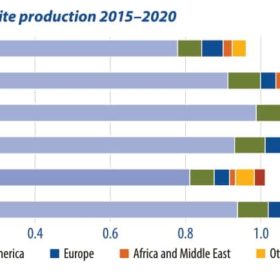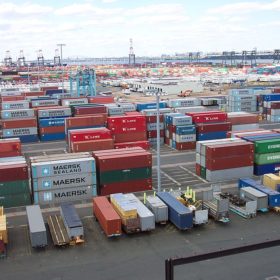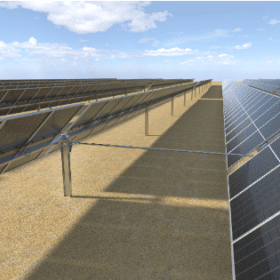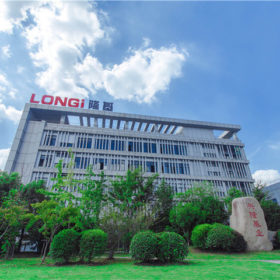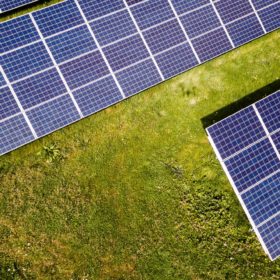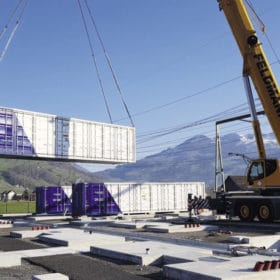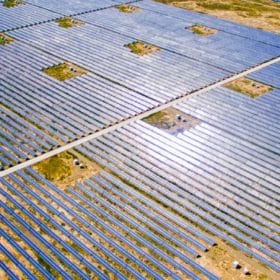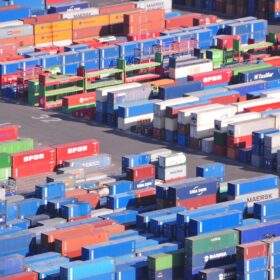India ranked third most attractive country for solar investment
India ranks behind the United States and China in IHS Markit’s latest rankings of most attractive solar markets.
The long read: The ‘other side’ of batteries
Graphite’s pivotal role in electric-vehicle battery technology is coming under increasing scrutiny. Graphite is almost exclusively produced in China, and while the processing of the mineral poses serious environmental issues, the alternatives appear costly. Ian Morse looks at what’s next for critical graphite supplies.
Covid impact: Solar imports dipped 75% in ten months
Coronavirus disruption has been cited as the chief culprit as imports from China, Thailand and Vietnam slumped from April to January, but safeguarding duty also appears to have had an impact, with unaffected imports from nations such as Myanmar, Chad and Russia on the rise and Malaysian trade keeping steady.
Trina launches 670W Vertex solar module and tracking systems in India
The Chinese solar manufacturer has launched the 670W Vertex solar module in India that offers an efficiency of up to 21.6%. It has also fielded two models of panel tracking solutions from its TrinaTracker business.
Sungrow unveils 325 kW string inverter
The device will go into mass production in the second half of this year. It features an efficiency of 99.01% and is claimed to be the most powerful string inverter ever launched on the market to date.
GoodWe is the biggest rooftop solar inverter supplier in India
The Chinese manufacturer commanded a 17% share of the total 3268 MW of rooftop PV inverter shipments in India in the January-December 2020 period.
LONGi Solar was India’s biggest module provider in 2020
The Chinese manufacturer shipped over 1,500 MW (DC) of modules last year, accounting for a 15.6% share of the total 9,478 MW module supplies in the nation.
Indian trough highlighted by Chinese solar glassmaker
Xinyi Solar has posted bullish annual figures on the back of an astonishing rebound in the global market following Covid travails at the start of 2020. There is one national market, however, which has not been invited to the party.
WoodMac predicts 30% drop in Asia-Pacific front-of-meter battery costs by 2025
A new Wood Mackenzie report suggests that costs for front-of-the-meter battery storage systems in the Asia-Pacific region could fall by 30% by 2025. The declining costs are already having a palpable impact, as 2021 has opened with a slew of large-scale battery project announcements.
Sungrow solar inverter sales in India cross 7 GW
The Chinese manufacturer, which has a central and string inverter factory in Bengaluru, sold a minimum 3 GW of the cumulative sales last year alone. Going forward, it has a strong order book for the upcoming solar capacity too.

